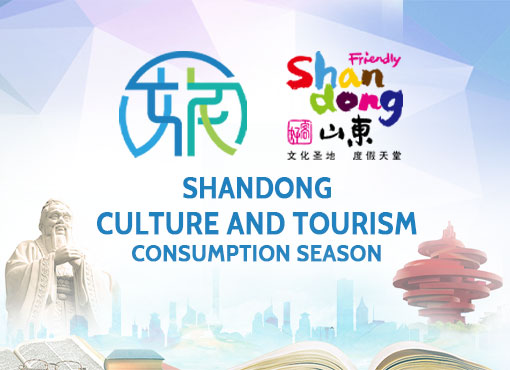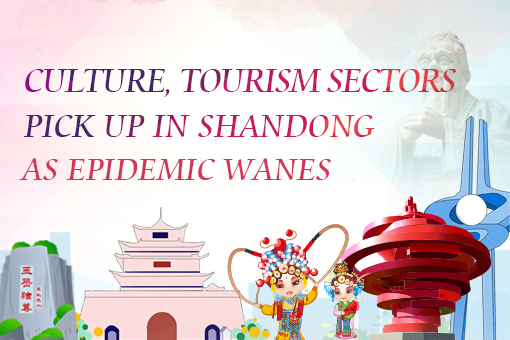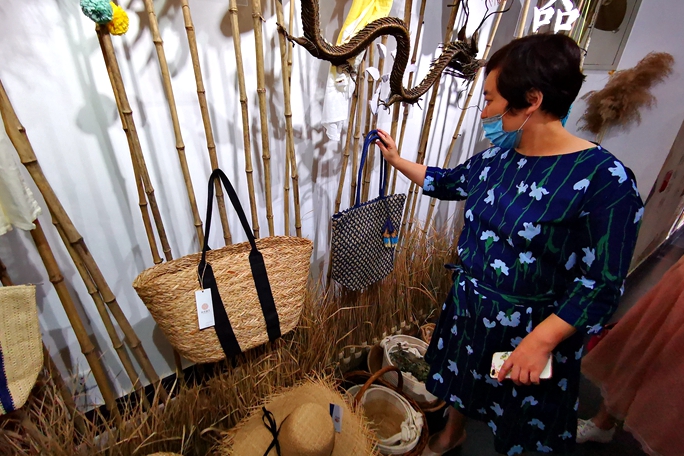Shandong farmers' paintings showcased in New Zealand
 |
|
New Zealand artists appreciate Rizhao peasant paintings on an exhibition at the Hutt Art Center in Wellington, New Zealand, Aug 21. [Photo/chinaculture.org] |
The exhibition of Rizhao peasant paintings and derivative products was held at the Hutt Art Center in Wellington, New Zealand on Aug 21.
It was co-sponsored by the China Cultural Centre in New Zealand and Shandong provincial department of culture.
The two-week exhibition showcased the unique Chinese culture and art, and brought a new visual experience to visitors.
Rizhao farmers' paintings were emerged in the 1960s. It is the first time to be exhibited in New Zealand for cultural exchanges.
Jin Xuefeng, director of the Rizhao Art Museum in Shandong province, introduced that all the paintings were created by local peasant painters, which showcases the past rural and maritime folk customs and labor scenes including farming in spring and harvesting in autumn, drilling wells, feeding chickens and ducks, collecting mulberry and fishing.
The scenes are more vivid and bright under the pen of peasant painters with strong colors and bold composition showing the original ecology nature.
Guo Zongguang, director of the China Cultural Centre in New Zealand, said that New Zealand sees agriculture as the pillar industry for economic development. He hoped the farmers' paintings could bring local people relative familiar labor scenes and friendly farm life as well as the unique artistic style of Rizhao farmers' painters, demonstrate the regional style and local flavor of Chinese folk paintings, and achieve emotional resonance among local visitors..
"I am deeply attracted by these paintings. The bright colors and vitality not only restore the daily life of the farms in Rizhao, but also reveal their spiritual state, which lets us have a better understanding of the local customs and practices.," said Brett Hudson, a New Zealand congressman.
He said that the China Cultural Center in New Zealand has continued to introduce a variety of Chinese culture and art, including the palace-level Dunhuang art and original farmers' paintings, providing valuable materials for New Zealand people to better understand China.
Many local artists from the Hutt Art Center were interested in the rural folklore and fisherman life scenes showcased by the paintings.
A New Zealand female painter who is engaged in ceramic art creation was particularly fond of the farmers' paintings' bright theme. She said that the live scenes of these works are clear and expressive, and the artistic re-processing effect makes the audience pleasing.
Leon Lamax, vice president of the Hutt Art Center, said that it is the first time Hutt Art Center has launched an exhibition in cooperation with China Cultural Center in New Zealand. These wonderful paintings from Rizhao farmers in China's Shandong province showed the rich life of Chinese villages with vivid themes, rich colors and unique expressions.
"These paintings not only enriched the exhibits for the 6th anniversary of Hutt Art Center, but also our practical experience in launching international exhibitions," he added.
The Hutt Art Center, which has two museums and six art creation studios, is famous for its rich variety of exhibits and its eclectic style.
Rizhao, together with Shanghai's Jinshan and Shaanxi's Huxian county, are called China's three major hometowns of farmers' paintings.
Since the 1980s, Rizhao farmers' paintings have been exhibited in nearly 30 countries and regions in Europe, America, Asia and Oceania. They have played a unique role in promoting Chinese culture in the world and deepen cultural exchanges and cooperation between China and foreign countries.

 Shandong Culture and Tourism Consumption Season
Shandong Culture and Tourism Consumption Season Culture, tourism sectors pick up in Shandong as epidemic wanes
Culture, tourism sectors pick up in Shandong as epidemic wanes

